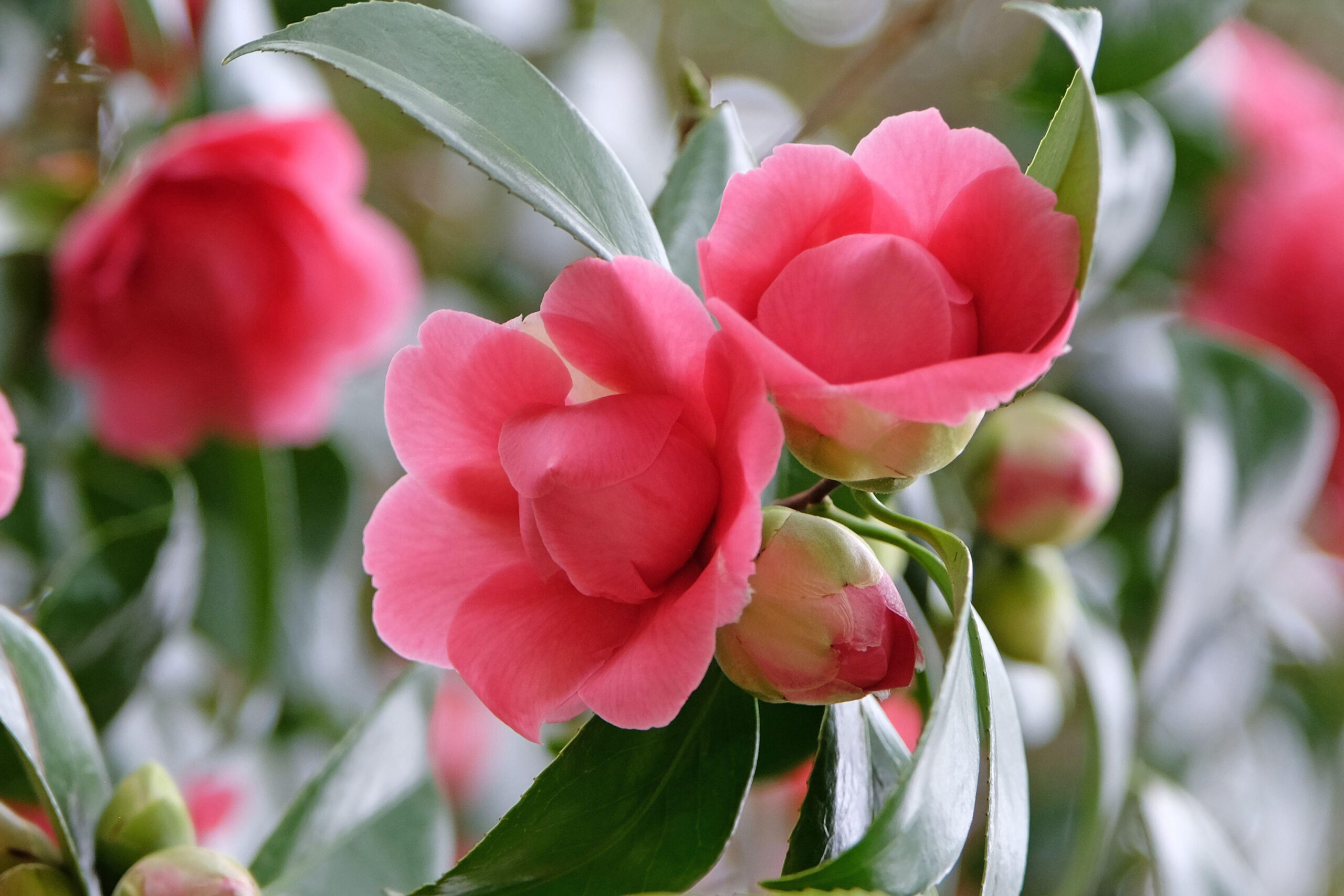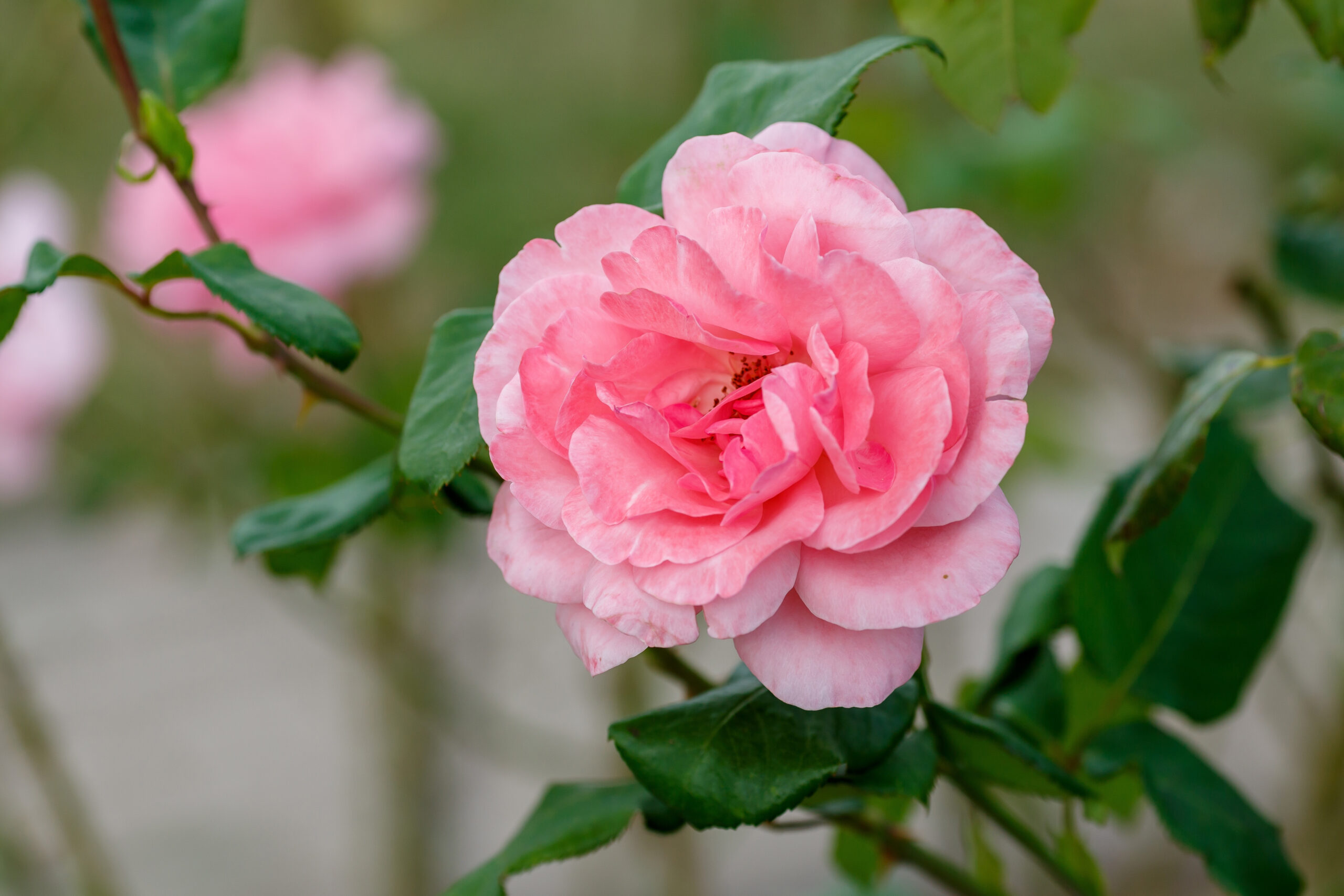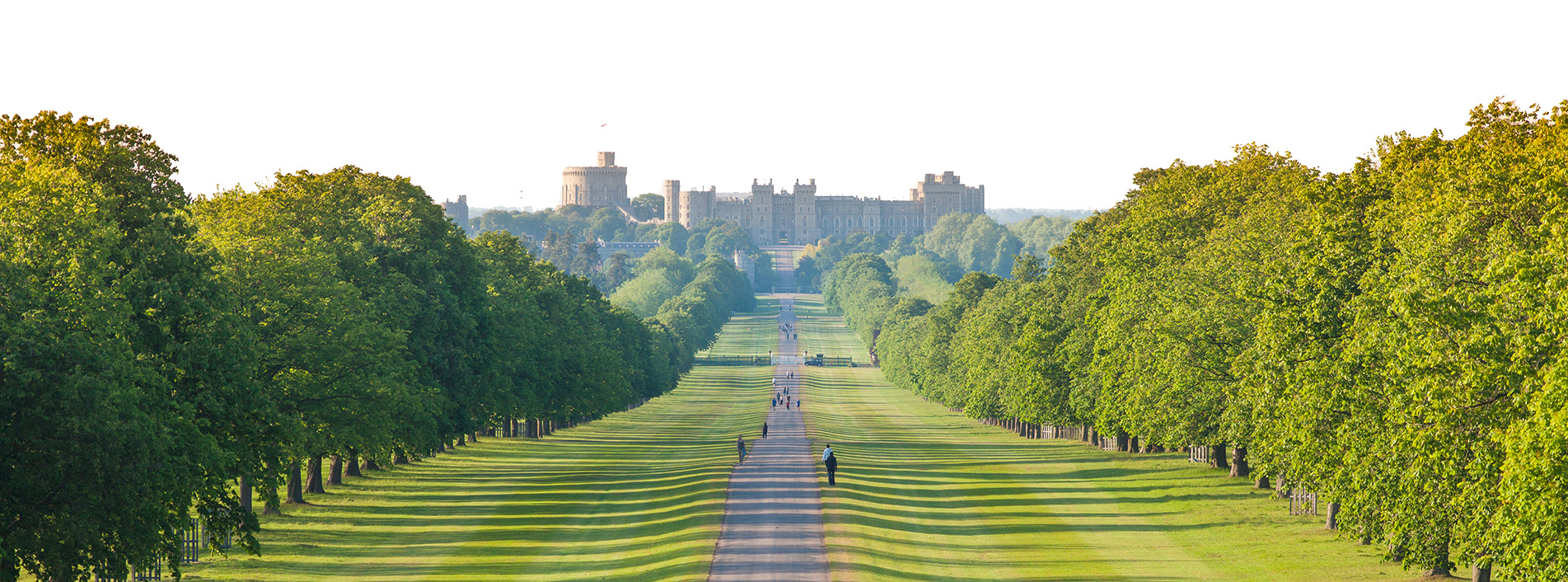
The history of the Camellia ‘Her Majesty Queen Elizabeth II’

Published by
John Anderson
Keeper of the Gardens
Feb 18 2025
Share this article
A truly special camellia growing in The Savill Garden, and looking its best in spring, is the Camellia japonica ‘Her Majesty Queen Elizabeth II’.
This rare specimen, with salmon to rose-pink flowers, is an original of the flower bred in Alabama, USA, named with the Queen’s consent and gifted to Elizabeth II in 1954.
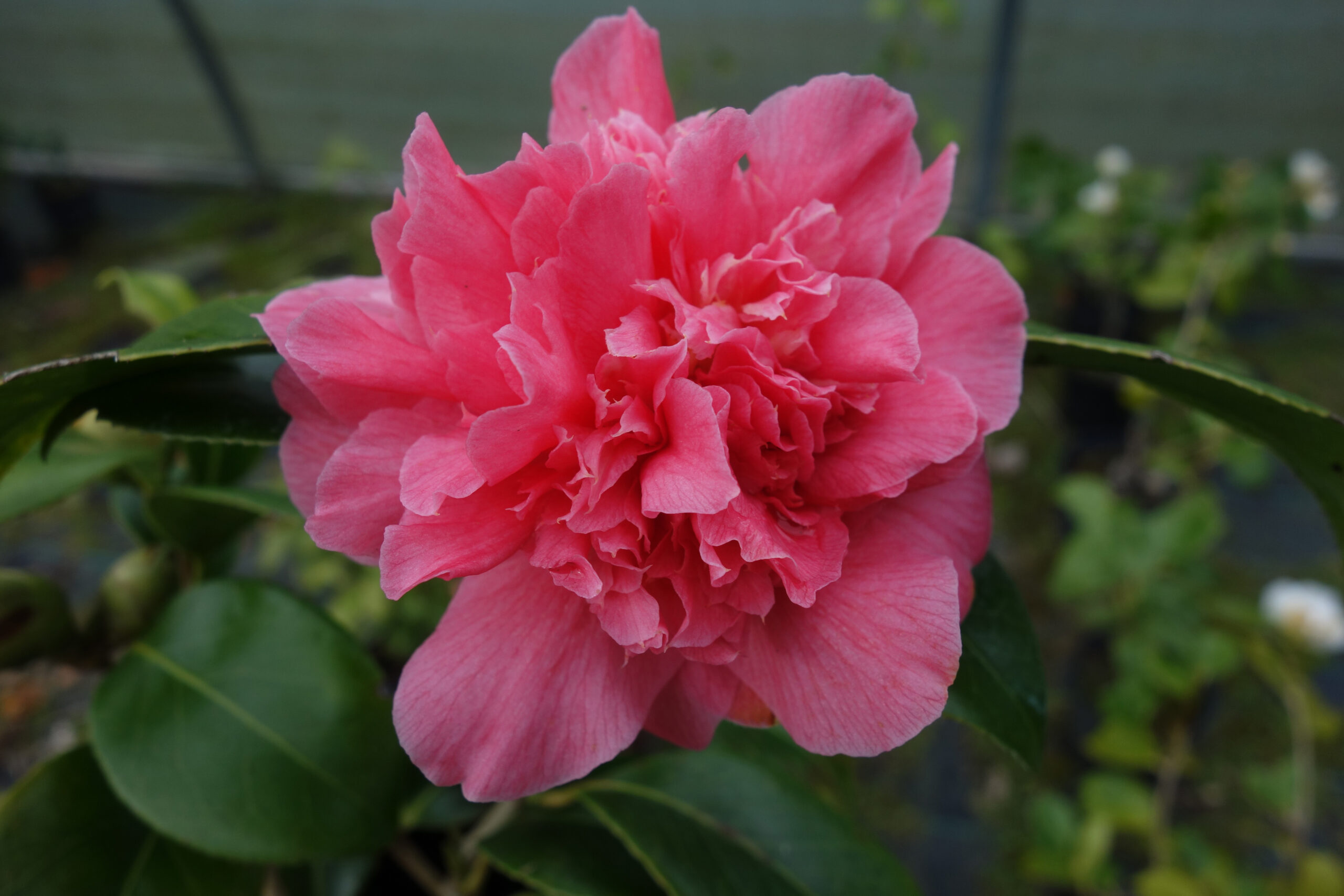
Camellia japonica ‘Her Majesty Queen Elizabeth II’
The search for a worthy camellia
When Elizabeth II became Queen in 1952, there was a scramble amongst the plant nursery trade to begin naming plants after her. This included plant varieties such as Clematis montana ‘Elizabeth’, Rosa ‘Queen Elizabeth’, and the camellia japonica ‘Her Majesty Queen Elizabeth II’.
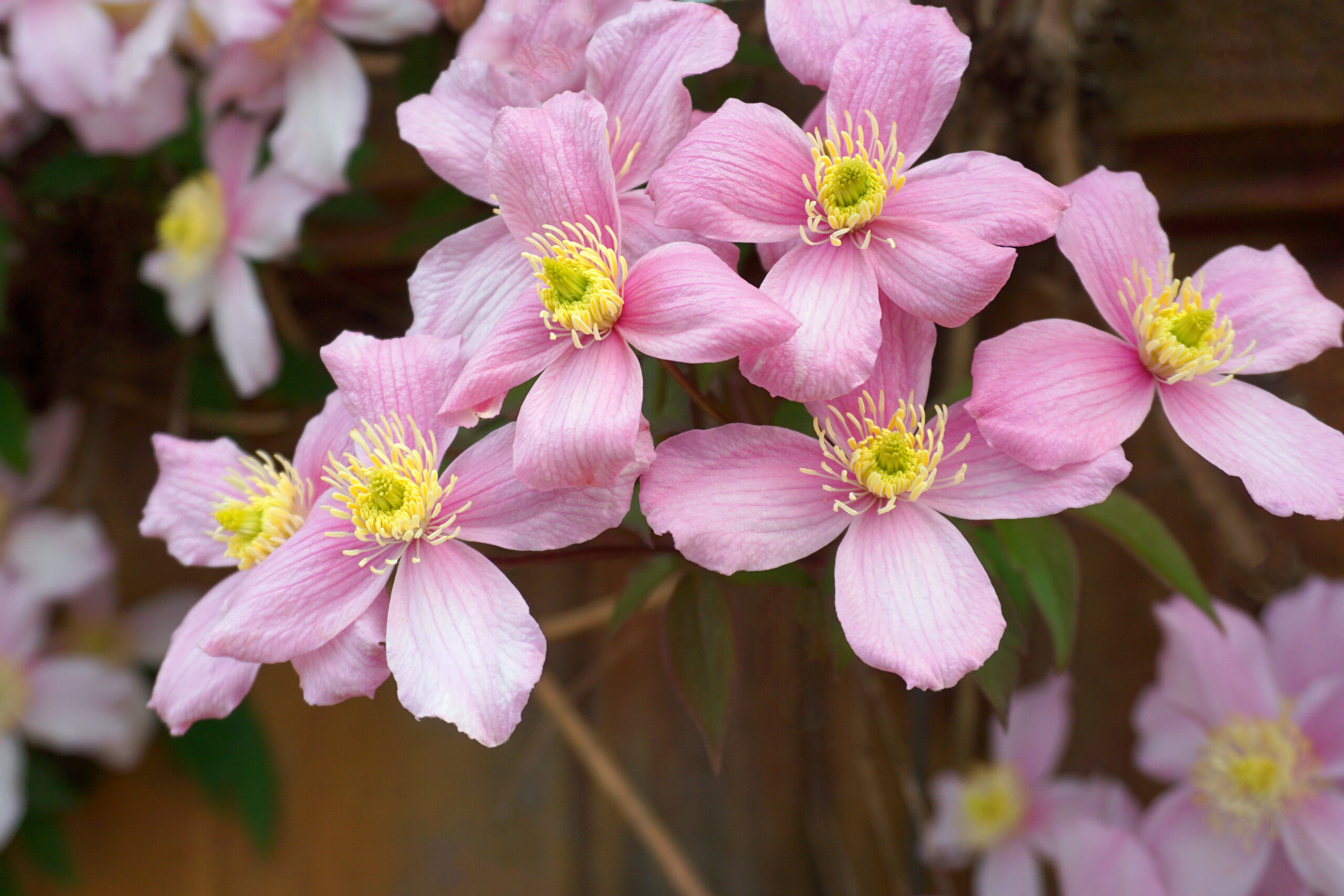
Clematis montana ‘Elizabeth’
At the time Frank Griffin, publisher and editor of the Cammelian, an exclusive internationally circulated magazine on camellias based in Columbia, South Carolina, obtained permission to select and name a variety of camellia ‘Her Majesty Queen Elizabeth II’.
In the permission written by Major Ford, private secretary to the Queen, he directed to Mr. Griffin that ‘while it is not customary for the Queen to give her specific approval for naming of flowers, etc. after her, Her Majesty is much touched by your kind thought in wishing to call a rare and beautiful camellia by her name…I am commanded to say that the Queen would not wish her nickname “Lilibet” ever to be used in any such connection.’
In correspondence Griffin says that hundreds of letters were written to nurserymen and individuals known to have new camellias in an effort to locate one that would justify such a name.
The selection process
Over 200 blooms were submitted to Griffin as part of the selection process.
Griffin then went on tour, visiting many camellia organisations and hundreds of camellia enthusiasts to show them the coloured slides of these blooms.
No special attention was drawn to any particular bloom; however, one particular specimen drew attention, a camellia from Cliff Harris’ Longview Nursery in Mobile, Alabama.
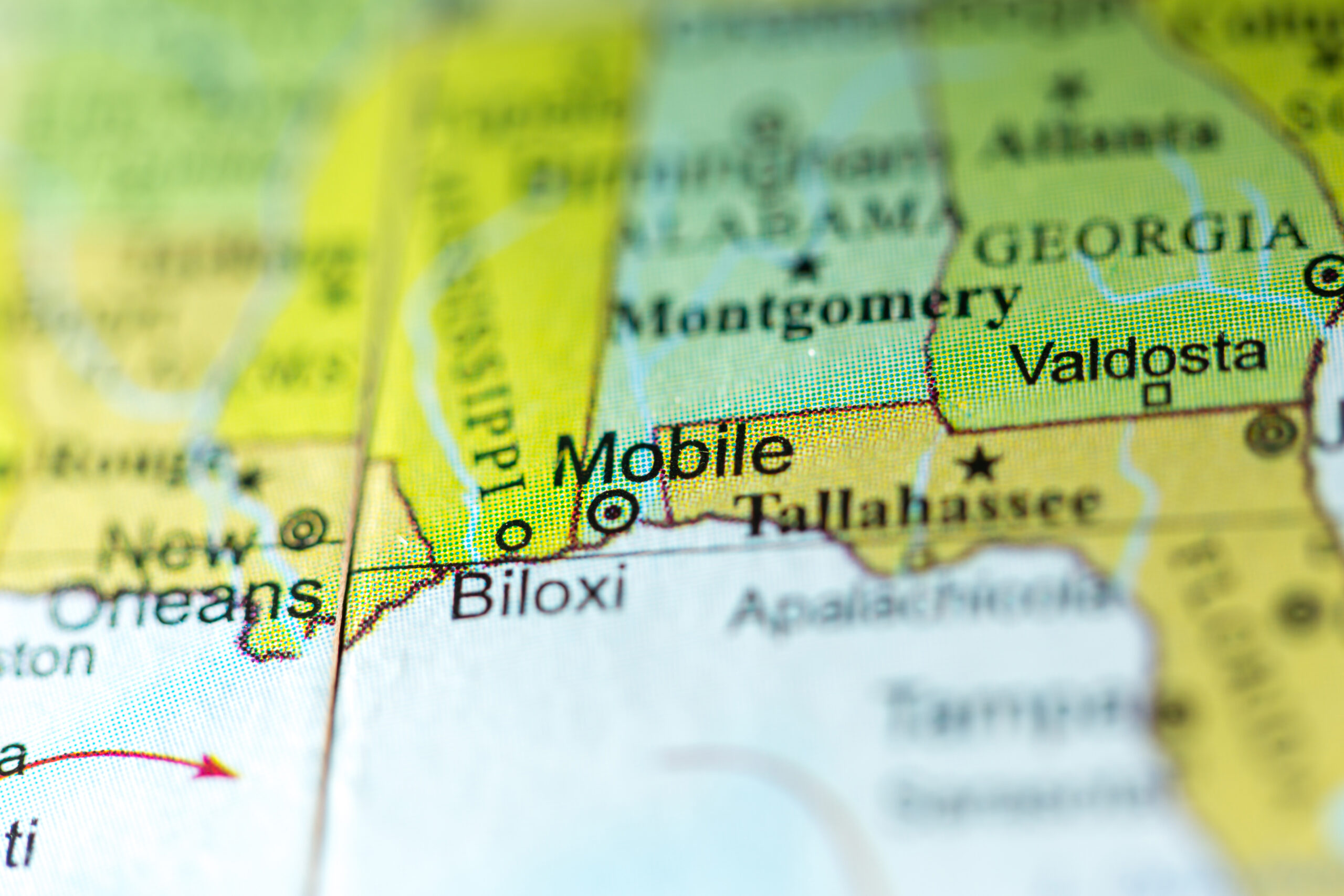
Mobile, Alabama
The camellia variety
The chosen camellia originally purchased at auction, was planted as a seed in 1932 and bloomed for the first time in 1943.
On selecting the specimen, Griffin noted that Harris’ camellia bore a close resemblance to the rare Camellia reticulata ‘Captain Rawes’, named for the sea captain who brought the plant from China to England in 1820.
It remained the only variety of reticulata in Europe and the United States for over 100 years until some 15 varieties of reticulata were brought to the USA from Yunnan Province, China.
Collections of these 15 varieties sold at $1,000.00 each for one-year-old grafted plants.
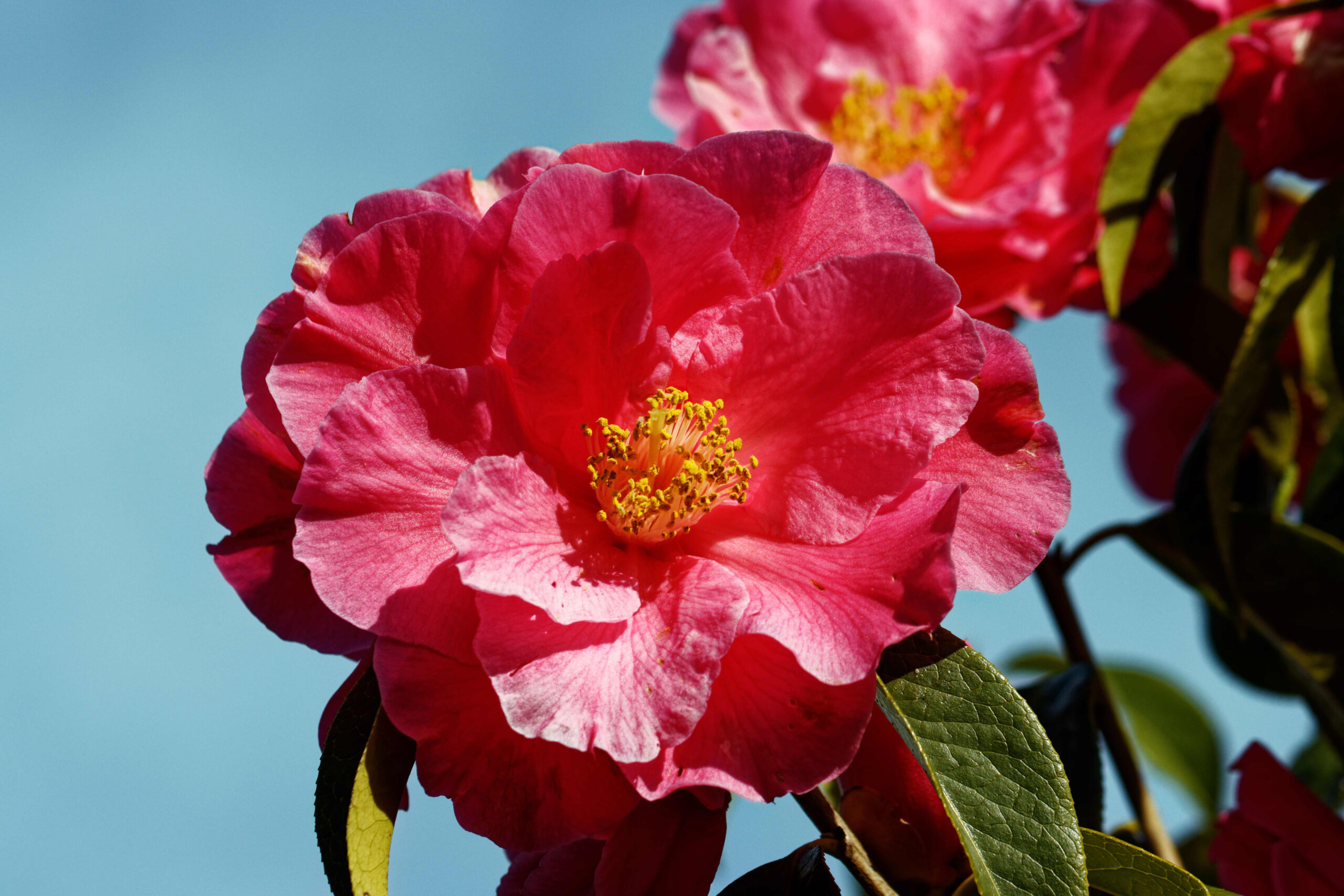
A variety of camellia reticulata
When Harris received the news about the selection, he responded that he had intended to name the variety ‘Camellialata’, because of its close resemblance to the reticulata variety, and had later intended calling it Camellia ‘Cliff Harris’.
Harris was delighted at the news and had the name changed to ‘Her Majesty Queen Elizabeth II’ in the patent files in Washington, D.C.
The gift
Harris agreed to ship two of the three existing camellias to the Queen to be planted at Windsor and on 22 March 1954, they were shipped to the Queen for the attention of Mr. D. Stevenson, Head Gardener to Her Majesty.
A large delegation of more than 100 prominent Mobile and garden club representatives, local, national and international officials, nurserymen, and flower lovers from throughout the area were at Mobile’s Municipal Airport at 8am to see the flowers off.
The camellias were housed in a specially built gold-finished crate with a large glass picture window, and from the airport were flown to New York.
From New York the plants were handed to the British Overseas Airways Corporation, the precursor to the British Airways, where they were then flown to the UK and received at Windsor Castle.
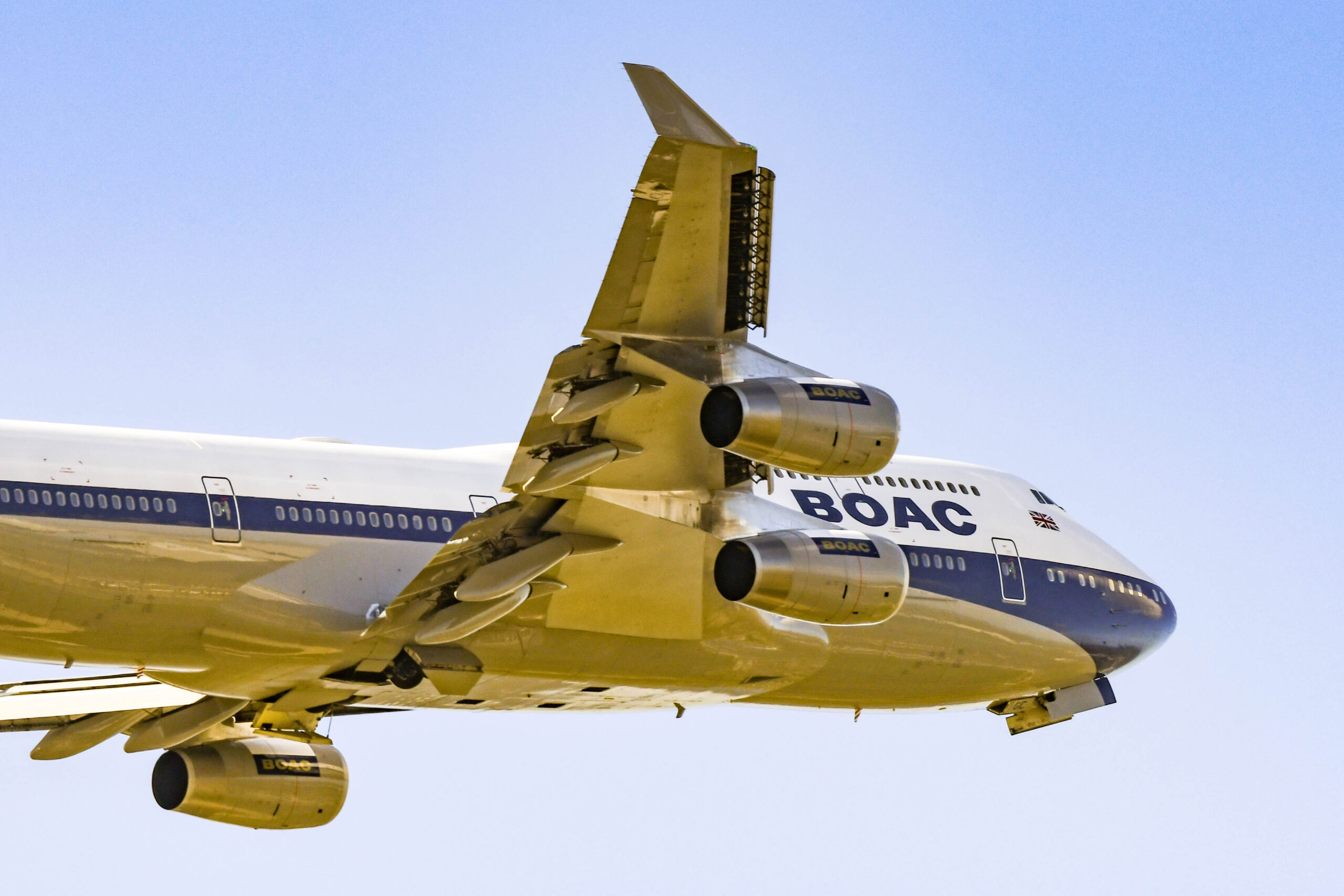
A British Airways Boeing 747 taking off in retro BOAC livery to make the airline’s 100th anniversary celebration in 2019
Harris, on behalf of the group present, pinned a camellia on the Eastern Airlines hostess when handing the plants into her care. Camellia corsages were given to the ladies and passengers on the plane, with boxes of more corsages given to the airline to be distributed to those flying from New York to the UK.
This was perhaps such a momentous occasion for Alabama that in 1959, the state chose the camellia as their new state flower, replacing the goldenrod which had been the state flower since 1927.
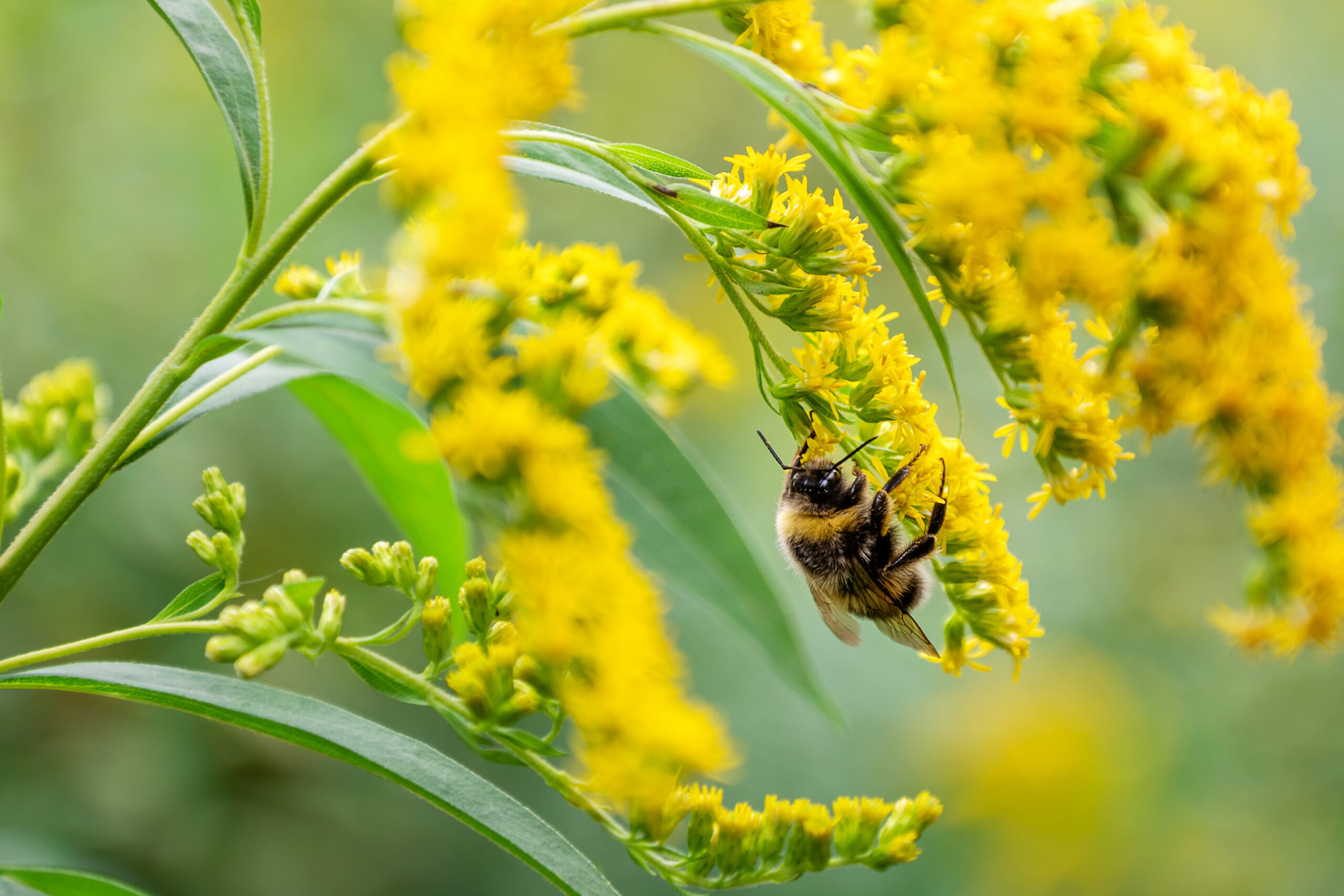
Goldenrod (soldigado)
Present day
Harris’ family continue to have a connection with camellia, and Harris’ grandson Vaughan Drinkard now grows over 325 varieties of camellias at Cornerstone Gardens in Mobile, Alabama.
In The Savill Garden, the camellia japonica ‘Her Majesty Queen Elizabeth II’ is a variety that the Garden Team consistently receives frequent enquiries on, and because of its popularity is a variety that the team continue to propagate.
Share this article

